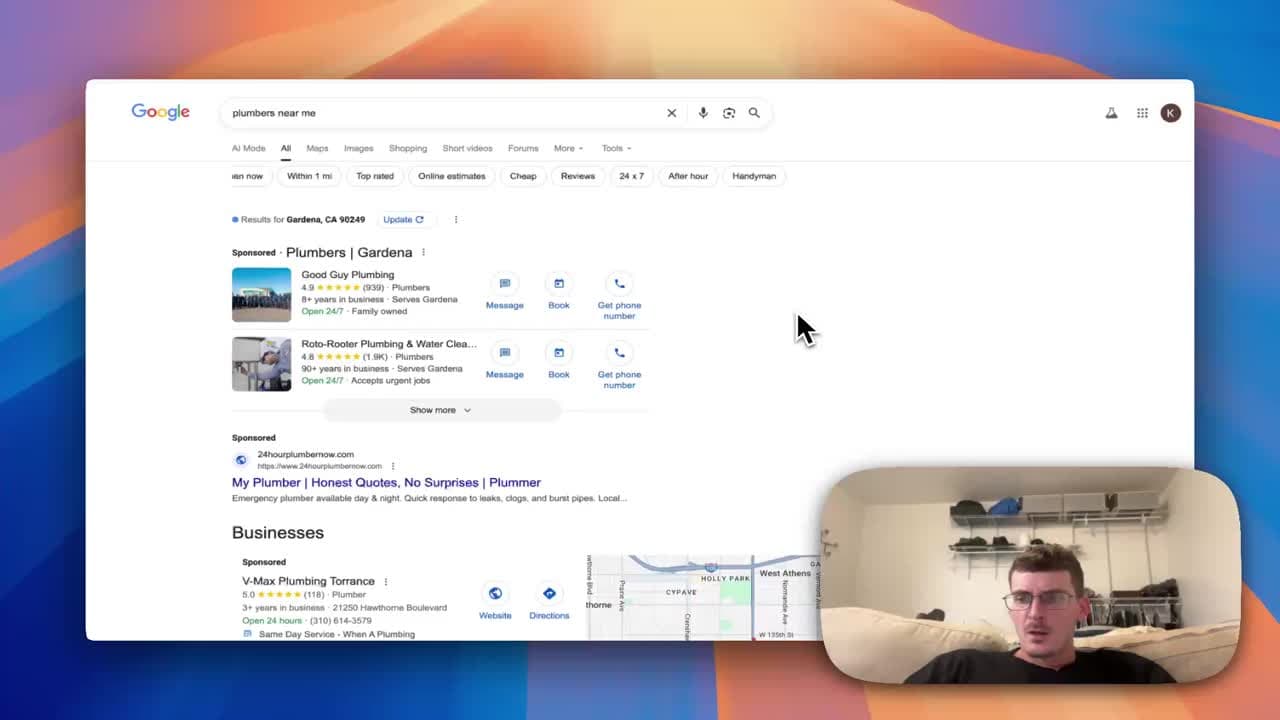How I Optimized a SaaS Homepage for keywords with AI and SEMrush (SEO Demo)

Introduction
Search engine optimization doesn't have to feel like guesswork. In this quick demo I walk through how I identified target keywords using SEMrush and used an AI-assisted IDE (Cursor) to apply those keywords across my SaaS product homepage - including the hero, features, structured data, and FAQ sections.
Why this matters
High-intent search queries (for my case, terms like “application architecture diagram” and “software architecture diagram”) are used by people actively looking for solutions. If your site clearly answers those queries and includes the right signals (copy, structured data, FAQs), you increase your chances of surfacing in search results and capturing qualified traffic.
Tools I used
- SEMrush - to discover keyword volume, difficulty, and related queries.
- Cursor (AI-assisted IDE) - to programmatically analyze the homepage and propose content and structured data edits that include the target keywords.
The problem and goal
I recently released a new feature for one of my SaaS products: the ability to create architecture diagrams for applications. My goal was simple:
- Find relevant, high-volume, low-competition keywords.
- Update the homepage so Google understands the site is a match for those queries.
- Improve on-page content and structured data to increase visibility.
Step-by-step process
-
Keyword research with SEMrush
- I entered queries related to architecture and diagrams and looked for terms with decent monthly volume and low keyword difficulty.
- Two clear targets emerged: “application architecture diagram” and “software architecture diagram.” Both showed green difficulty (lower competition) and reasonable search interest.
-
Prepare the content context and prompt
- I compiled a short prompt describing the homepage, the new feature, and the target keywords.
- I included a note to update the structured data (JSON-LD) and to add or expand an FAQ.
-
Run Cursor to analyze and propose edits
- Cursor parsed the homepage structure and generated a set of edits you can accept or reject.
- The tool updated multiple areas: hero section, features, structured data, and FAQ.
-
Review and publish
- I verified that the new text reads naturally, preserves product messaging, and includes the target keywords in appropriate places.
- I checked the updated structured data for correctness before pushing the changes live.
What Cursor changed (high level)
- Hero copy: Added descriptive text to signal that the product supports application architecture diagrams.
- Features: Expanded feature descriptions to reference diagram creation and common use cases.
- Structured data (JSON-LD): Updated schema to reflect new capabilities so search engines can better understand the page.
- FAQ: Added or updated questions to address common queries related to architecture diagrams.
Best practices demonstrated
- Target relevant, low-difficulty keywords: Focus on queries people actually search for and that you can realistically rank for.
- Use keywords naturally: Avoid stuffing. Place keywords in the hero, feature headers, and within supporting paragraphs where they make sense.
- Update structured data: JSON-LD and schema help search engines interpret your content and can improve rich result eligibility.
- Add an FAQ: Answers to common questions increase chances of appearing in position zero or as rich snippets.
- Review AI-suggested edits: Always validate tone, accuracy, and technical correctness before publishing.
Sample prompt (example)
I have a SaaS homepage. New feature: create application architecture diagrams. Target keywords: "application architecture diagram", "software architecture diagram". Please analyze the homepage sections (hero, features, structured data, FAQ) and propose edits that: 1) include the keywords naturally, 2) update JSON-LD structured data to reflect the new feature, and 3) add any relevant FAQ entries. Provide the updated copy and the updated structured data.
Monitoring and next steps
- Track rankings and impressions for the target keywords in Google Search Console.
- Monitor organic traffic and engagement on the updated pages.
- Iterate: refine copy and structured data based on performance data and new keyword insights.
Conclusion
Using a combination of SEMrush for keyword research and an AI-assisted IDE like Cursor for efficient content updates made optimizing my SaaS homepage fast and scalable. The key is to be deliberate about keyword selection, keep copy user-focused, and leverage structured data and FAQs to improve discoverability.
If you'd like help optimizing your site for similar keywords or want me to walk you through the process, reach out here and I'll respond with tips or a short audit.
References
- SEMrush: Keyword Research Tools
- Cursor: AI-Assisted IDE
- Google: Intro to Structured Data
- JSON-LD: Official Site
- Schema.org: Schema Types
- Google: Rich Results Gallery

